Fast, reliable septic tank pumping that keeps your system running and your property protected from costly backups.
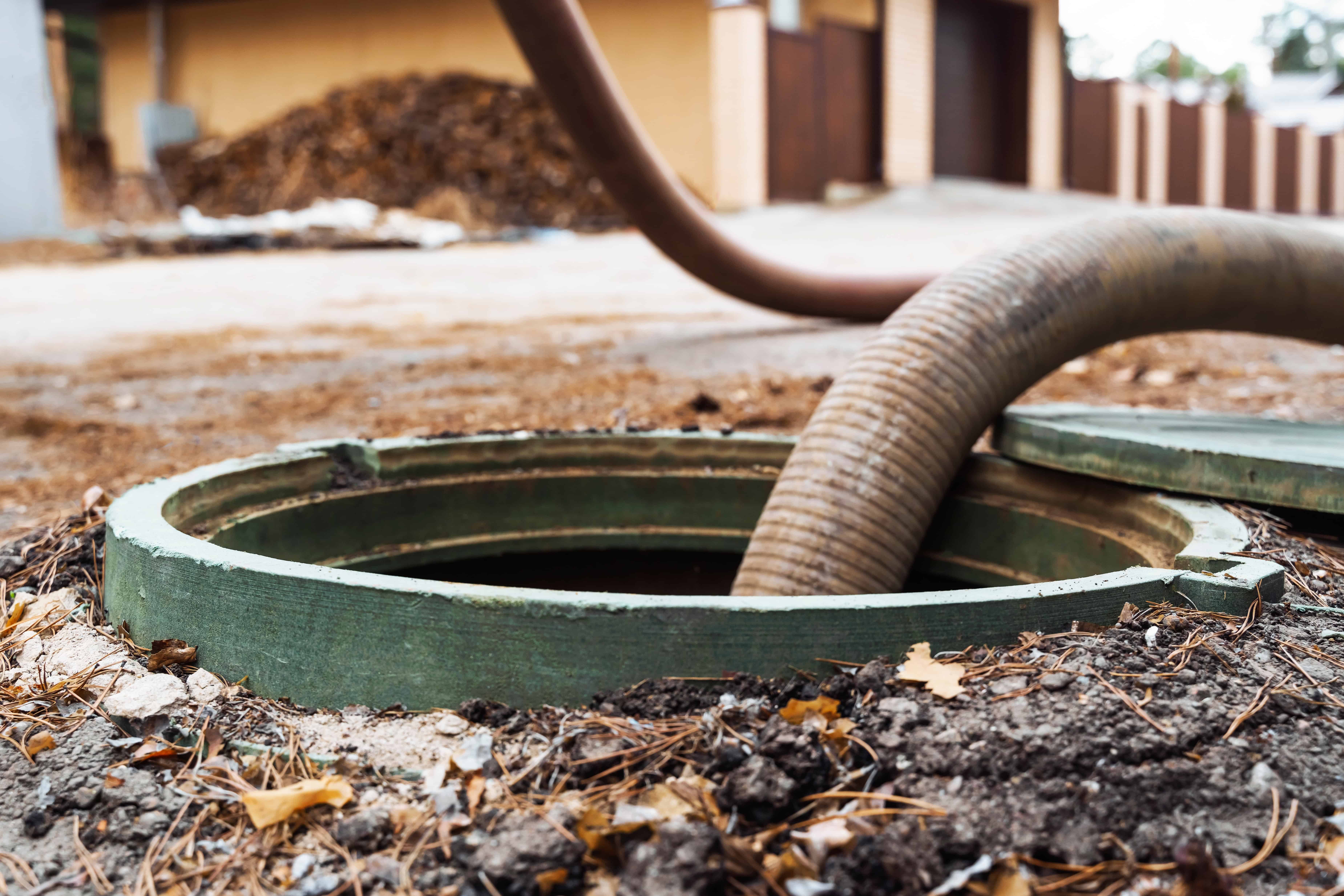
Hear from Our Customers
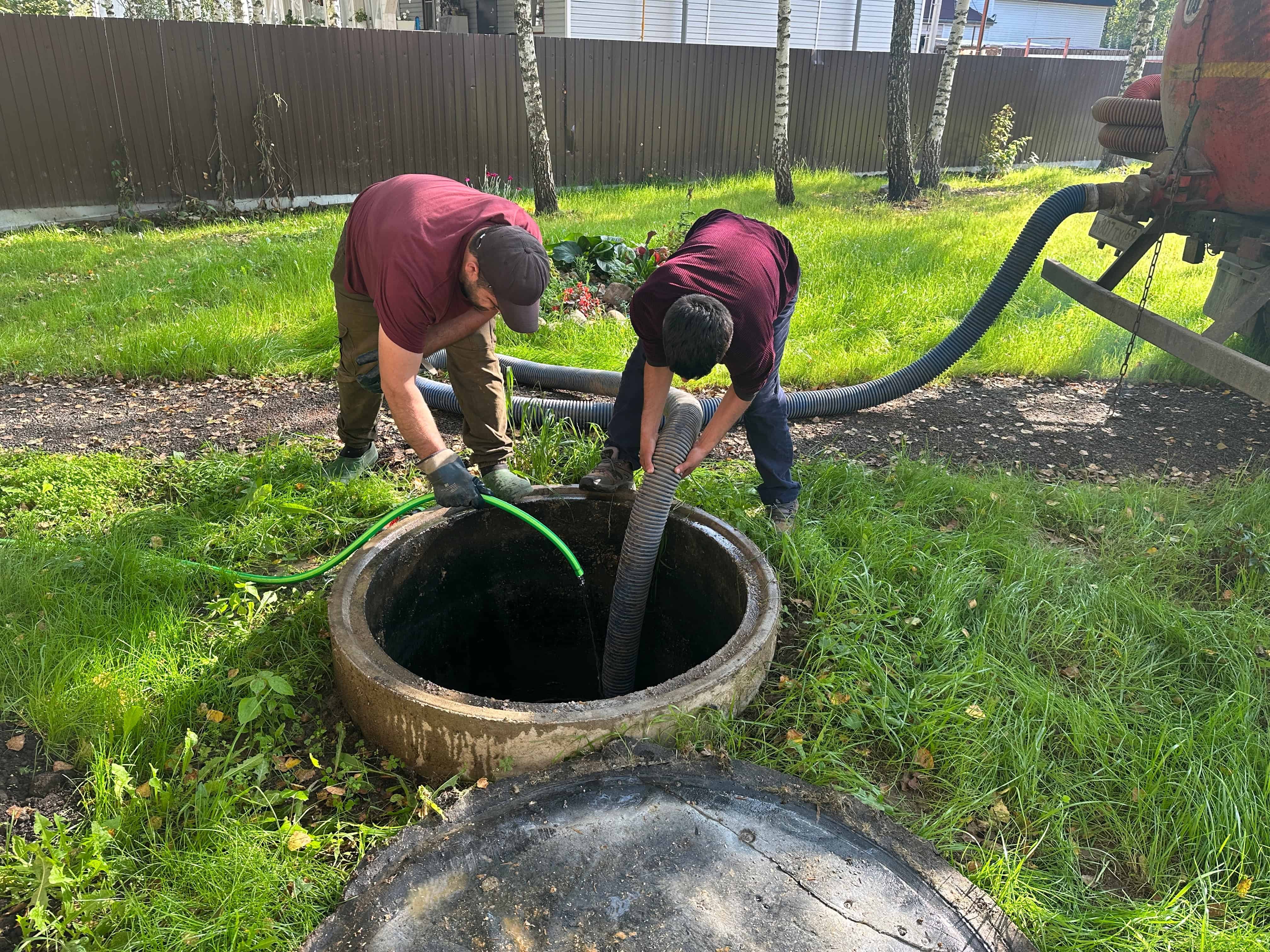
Your septic system works quietly in the background until it doesn’t. When solids build up beyond capacity, you get slow drains, bad smells, and eventually sewage backing up into your house.
Regular septic tank pumping removes the accumulated sludge and scum that naturally collect over time. This prevents the system from becoming overloaded and failing when you least expect it.
You avoid the nightmare of sewage emergencies, protect your property value, and keep your system running efficiently for years longer. Most Halesite homes need pumping every 3-5 years, but the exact timing depends on your household size and usage patterns.
We’ve been handling septic pumping and maintenance across Long Island for years. We understand how the sandy soil and high water table in areas like Halesite affect your septic system’s performance.
You’re not getting a generic approach from technicians who don’t know the area. We’ve seen every type of septic issue that comes up in this region, from seasonal overloads to systems stressed by soil conditions.
When you call us, you get experienced service from people who live and work in your community. We show up when scheduled, do the work right, and charge fair prices without surprise fees.
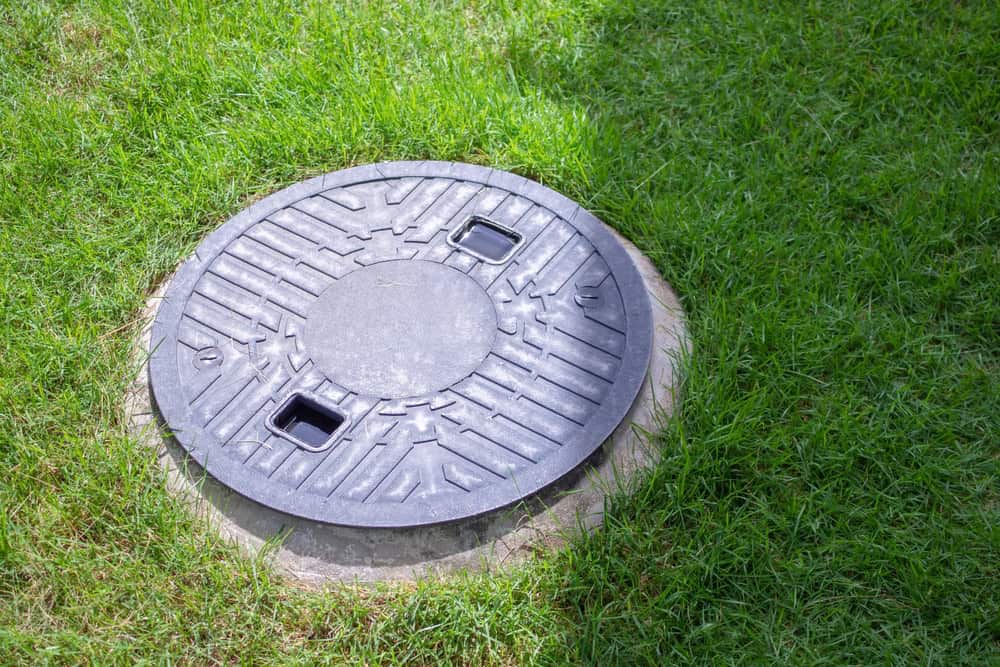
First, we locate and uncover your septic tank access ports. We inspect the tank to check liquid levels, measure sludge depth, and look for any obvious problems with baffles or the tank structure.
Next, we pump out all the liquid and solid waste using our vacuum truck. This removes the accumulated sludge and scum that’s been building up since your last pumping. We also check the condition of your tank and inlet/outlet pipes.
Finally, we properly dispose of the waste at approved facilities, following all environmental regulations. Before we leave, we’ll let you know what we found and when you should schedule your next pumping based on your system’s condition and usage.
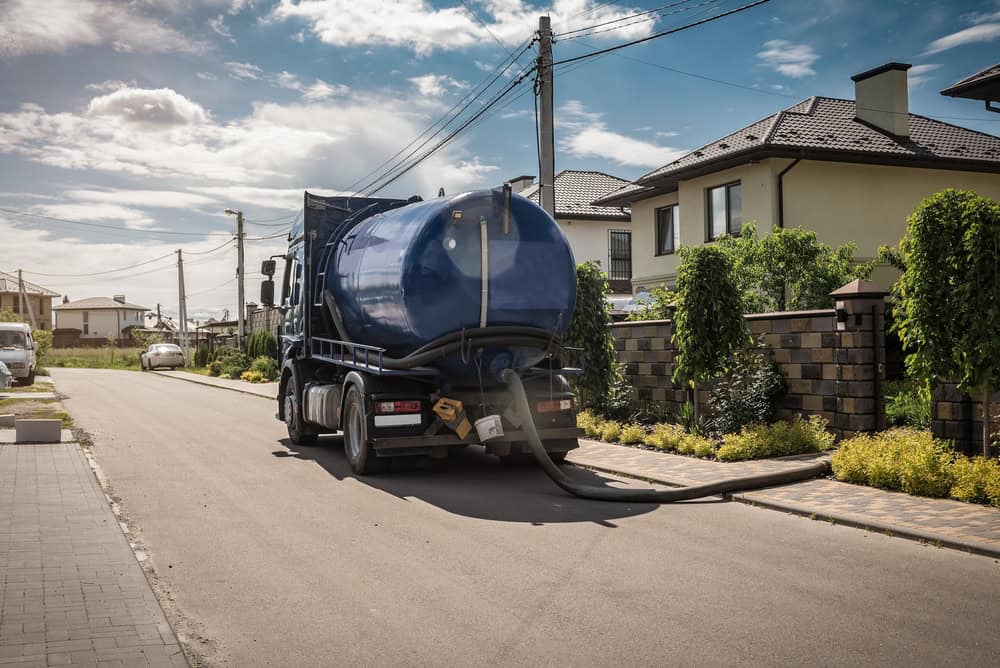
Ready to get started?
Every septic pumping includes a basic inspection of your tank condition, baffles, and inlet/outlet pipes. We’ll spot potential problems before they become expensive repairs and give you straight answers about what needs attention.
We handle both scheduled maintenance pumping and emergency situations. If you’re dealing with backups, slow drains, or sewage odors, we can typically get to you the same day or next day, depending on the situation.
You also get proper documentation of the service for your records, which some municipalities require. We dispose of all waste at licensed facilities and follow Long Island’s environmental regulations for septic waste handling.
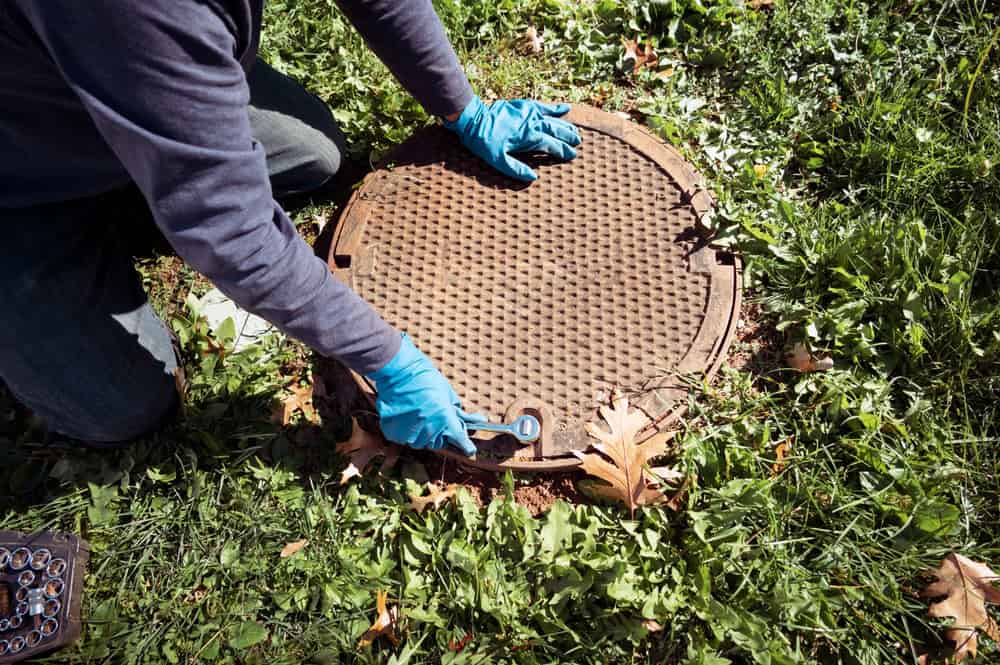
Don’t let cesspool issues disrupt your day. Reach out now for a free estimate and expert service.
©2025 Quality Cesspool All Rights Reserved. SEO Company NYC – Web Design & SEO by Hozio